As more people turn to chat-based AIs for medical advice, it remains to be seen how these tools stack up against—or could complement—human doctors.


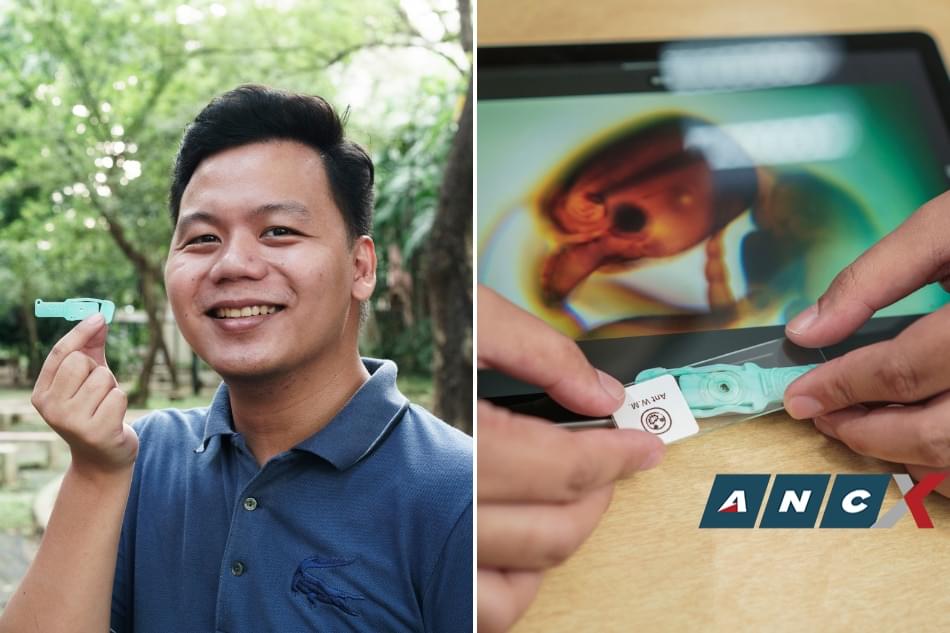
When you think about it, it seems impossible: a microscope so small and lightweight you can carry it like a keychain. But enter the Make-roscope, an invention of Jeremy De Leon, a 28-year-old Manufacturing Engineering graduate of Mapua University.
Used with a smartphone or tablet—simply place the Make-roscope on top of the gadget’s front camera—the invention can magnify organisms up to 400 times. And because it is made of food-grade silicone and a special type of lens, it is also handy, waterproof, and will be good to use for a very long time. While the principles behind pocket microscopes already exist, Jeremy’s new design innovation provides better ease of use.
Jeremy’s Make-roscope kit, which includes an information card, tweezers, keychain, cleaning cloth, blank glass slides, prepared specimen, pipette, specimen tubes, and cotton swabs, won the biggest prize in the Philippine leg of the James Dyson Award out of 47 entries from 12 universities. Jeremy says he will use the P330,000 prize money to further develop his invention.
“He has these enraging qualities, these drives and these demons, but if you pull those out, you don’t have the impulsive character that sets things off,” said Isaacson, who shadowed Musk for two years while researching his book, which published on Tuesday.
“Musk would say you are actually being selfish if you’re sitting there hoping the people in front of you like you,” said Isaacson. “As opposed to cutting off that sense of emotional connection and saying, ‘What’s best for the larger mission?’”
Elon Musk’s reckless streak can’t be separated out from his track record of innovation at companies like Tesla and SpaceX, says biographer Walter Isaacson.
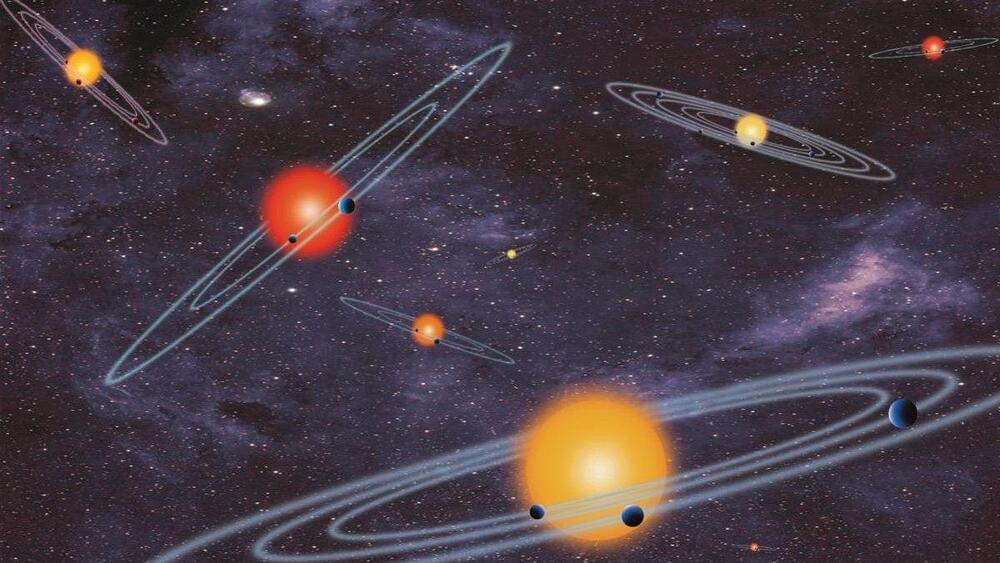
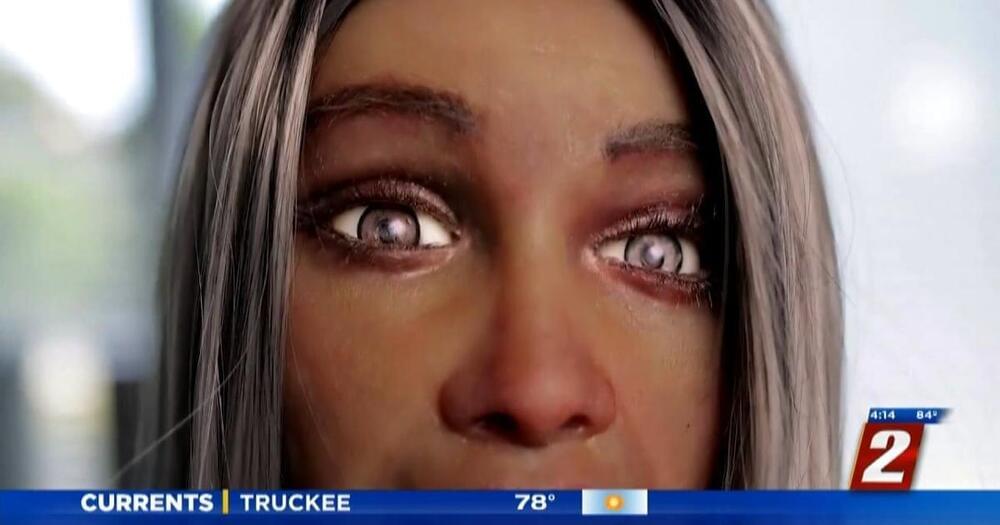
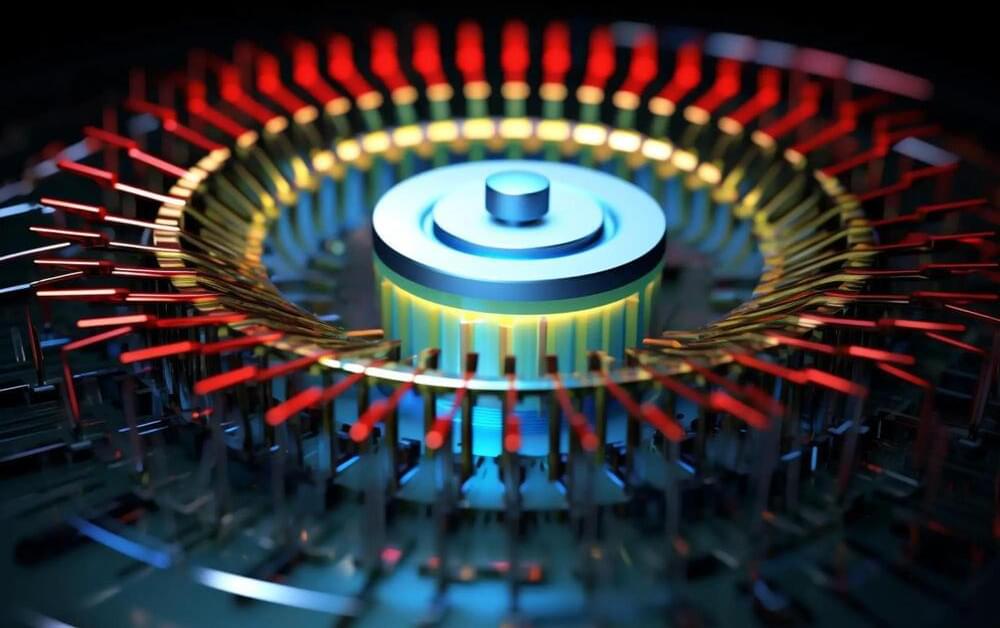
Researchers in Germany and Japan have been able to increase the diffusion of magnetic whirls, so-called skyrmions, by a factor of ten.
In today’s world, our lives are unimaginable without computers. Up until now, these devices process information using primarily electrons as charge carriers, with the components themselves heating up significantly in the process. Active cooling is thus necessary, which comes with high energy costs. Spintronics aims to solve this problem: Instead of utilizing the electron flow for information processing, it relies on their spin or their intrinsic angular momentum. This approach is expected to have a positive impact on the size, speed, and sustainability of computers or specific components.
Magnetic whirls store and process information.

Researchers from the National Institutes of Health and their partners have unearthed new findings about healing and aging by studying a tiny sea creature capable of regenerating its entire body using just its mouth. They analyzed the RNA
Ribonucleic acid (RNA) is a polymeric molecule similar to DNA that is essential in various biological roles in coding, decoding, regulation and expression of genes. Both are nucleic acids, but unlike DNA, RNA is single-stranded. An RNA strand has a backbone made of alternating sugar (ribose) and phosphate groups. Attached to each sugar is one of four bases—adenine (A), uracil (U), cytosine ©, or guanine (G). Different types of RNA exist in the cell: messenger RNA (mRNA), ribosomal RNA (rRNA), and transfer RNA (tRNA).
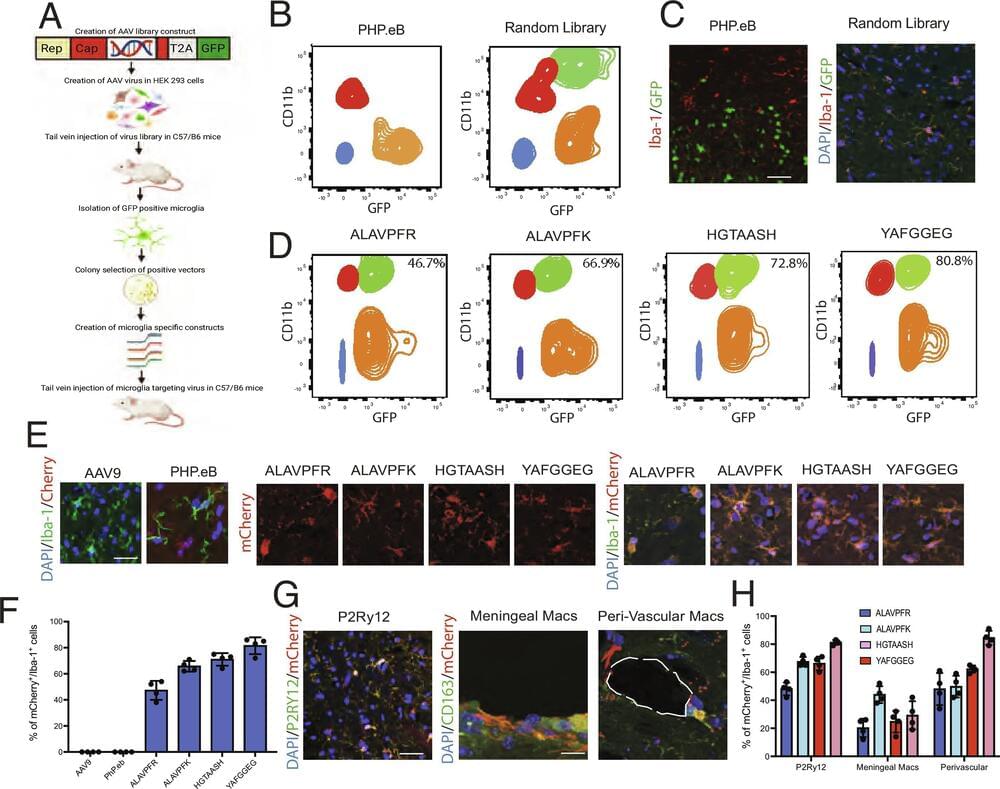
Cool paper that adds a useful tool to the gene therapist’s toolbox! Young et al. utilize an in vivo screening method to develop adeno-associated viruses (AAVs) which target microglia. They show that their AAVs transduce central nervous system microglia as well as tissue macrophages after intravenous injection. #biotechnology
Tissue macrophages, including microglia, are notoriously resistant to genetic manipulation. Here, we report the creation of Adeno-associated viruses (AAV) variants that efficiently and widely transduce microglia and tissue macrophages in vivo following intravenous delivery, with transgene expression of up to 80%. We use this technology to demonstrate manipulation of microglia gene expression and microglial ablation, thereby providing invaluable research tools for the study of these important cells.


Decarbonising Australia’s transport systems will take more than a transition to electric vehicles. Understanding how and when owners like to charge their cars is important. Our researchers are examining how we might persuade the increasing electricity demand to meet the time-dependent renewable energy supply.
How many people do you know who own an electric vehicle? Most Australians still drive petrol-fuelled cars. But the proportion of electric vehicles (EVs) on our roads is set to boom in coming years, particularly if the government’s plans to introduce a fuel efficiency standard prove successful.
Transport researchers at the University of Melbourne Faculty of Engineering and Information Technology have studied the expectations EV owners have for charging – and what they think of policies and technologies that aim to shape EV charging behaviours.